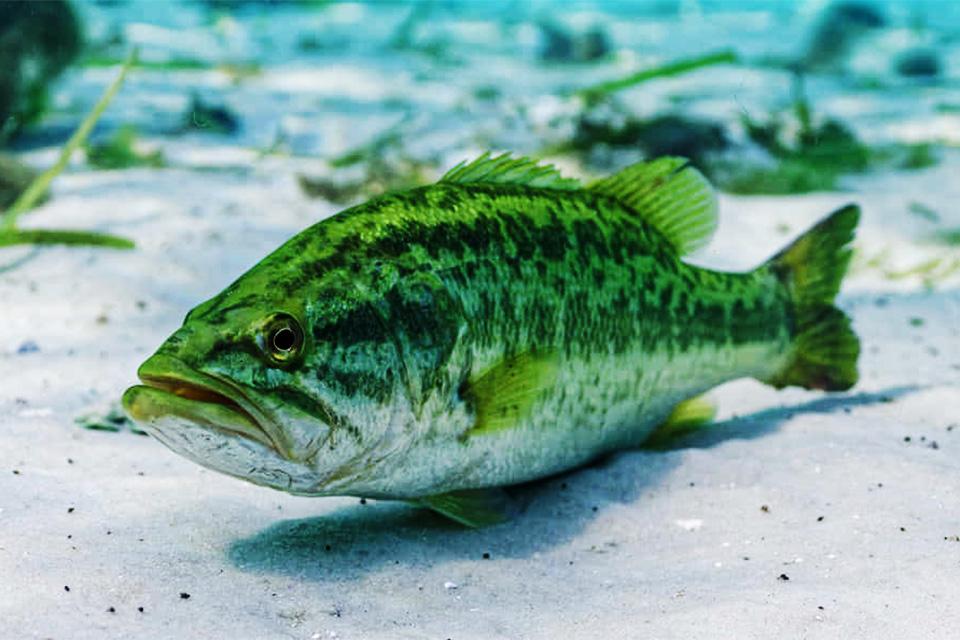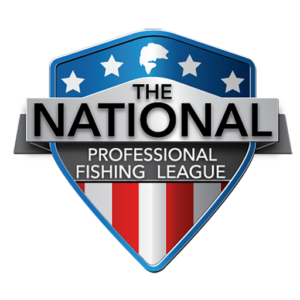Story by Ken Duke
Once upon a time, ichthyologists (that’s fish scientists to you and me) recognized just a few black bass species. Today, they’ve broken it down to 14, and that number grows every time there’s a scientific breakthrough in DNA or other technology that helps geneticists split one species into two or two into four or … you get the idea.
For our purposes, here, let’s cover what could properly be called “The Big Three”—largemouth, smallmouth, and spotted bass. After all, unless you’re a highly trained biologist or geneticist and have access to a centrifuge and microscope, that’s about as far as you can break them up. Even experienced anglers would be challenged to distill things further with the unaided eye.
Though they share some similarities, each of the Big Three has unique physical characteristics, habitat preferences, and behavior patterns that every serious angler should understand. Whether you’re fishing a southern reservoir or a northern river, knowing the differences between these bass can greatly improve your success on the water.
Largemouth Bass
For simplicity’s sake, when we talk largemouth bass here, we’re not just covering Largemouth Bass (Micropterus nigricans), but also Florida Bass (M. salmoides). These are the most iconic and widely distributed members of the black bass family. In fact, the largemouth is likely the most widely distributed freshwater sport fish in the world. It is also the largest of the black bass genus with a world record of 22 pounds, 5 ounces caught in Japan in 2009.
There are couple of ways to identify the largemouth and distinguish it from other members of the black bass family. First, it has a big mouth that—when closed—the upper jaw extends past the rear edge of the eye. Second, it has a deep, chunky body with a pronounced lateral line and dark blotches that form a horizontal stripe down the side. Largemouths are typically olive green to dark green on the back with a white or pale underbelly, though coloration will vary depending on habitat and water color.
Largemouth bass prefer warmer, slower-moving water with abundant cover such as stumps, vegetation, docks, and laydowns. They thrive almost anywhere—ponds, lakes, reservoirs, and backwater sloughs of rivers. They are opportunistic feeders and generally target prey like shad, shiners, panfish, frogs, and crawfish. Ultimately, though, if a small critter will fit in a largemouth’s large mouth, it’s in a world of trouble.
Smallmouth Bass
The smallmouth (M. dolomieu)is the second most widely distributed of the black bass family. It’s renowned for its fighting ability and acrobatic leaps. Smallmouths typically prefer clearer, deeper, cooler water than largemouths.
As you’d expect, the smallmouth has a smaller mouth than the largemouth. The upper jaw does not extend past the eye. The smallmouth is generally more streamlined and bronze-colored than the largemouth and has vertical bars rather than a horizontal stripe. Their eyes are often red or orange, and they may have a rough, sandpaper-like tongue
Smallmouths are often found deeper than largemouth, especially during the summer. They eat most of the same things, including a variety of baitfish, crayfish, and gobies.
Spotted Bass
Often called “spots,” spotted bass (M. punctulatus and M. henshalli)are about the overall size of smallmouths, but their relative mouth size is right in-between largemouths and smallmouths. Spots are prevalent in southern reservoirs and often outcompete their cousins on aging reservoirs. They are aggressive, pugnacious, and prefer deeper water than largemouths.
The spot shares a similar body shape with the largemouth but is slimmer and more streamlined. One of the best identifiers is the rough, sandpaper-like tongue patch, which largemouths lack. The spot typically has rows of dark spots along its lower sides, below the lateral line.
Spots thrive in clear, deep, man-made reservoirs with rocky structure and open water. Unlike largemouth, they’re more tolerant of current and cooler water and often roam farther from the bank. Like the other bass, they’re opportunistic feeders, but tend to focus on open water prey like shad and herring.
Understanding the distinctions between these three species can be the difference between fishing and catching. Recognizing their preferences, behaviors, and physical traits allows you to match your tactics and maximize your time on the water.
Know your bass!





